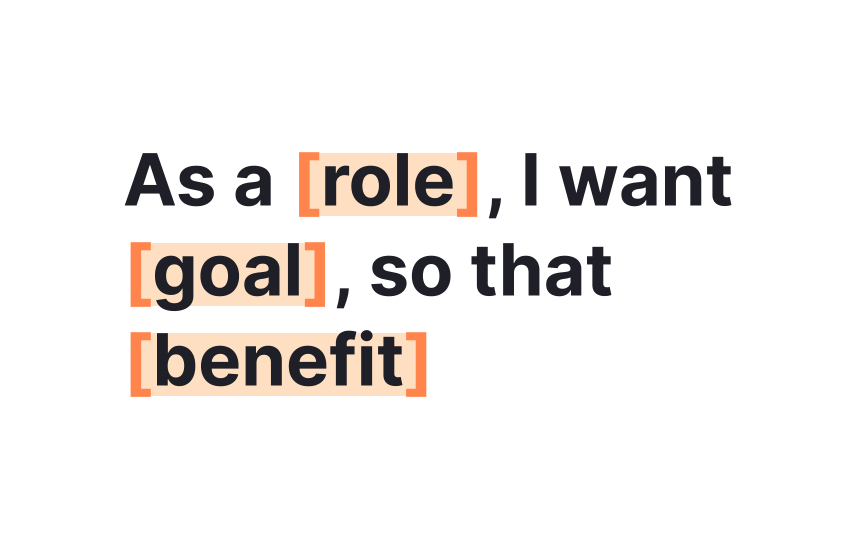Creating effective user stories
The classic format of user stories, "As a [role], I want [goal], so that [benefit]," focuses teams on delivering value rather than implementing features. The role establishes who needs the functionality, the goal captures what they need, and the benefit explains why it matters. Well-crafted user stories share key characteristics:
- They're independent enough to be developed and released separately.
- They're negotiable, representing a conversation rather than a contract.
- They're valuable to users or customers.
- They're estimable, small enough for teams to understand the scope.
- They're testable, with clear criteria for completion.
Common pitfalls include:
- Writing technical tasks disguised as user stories
- Creating stories too large to complete in a sprint
- Lacking clear acceptance criteria
- Focusing on solutions rather than needs
When teams fall into these traps, they lose the user-centric focus that makes stories valuable. The most effective user stories emerge from collaborative discussions that include product, design, and development perspectives, ensuring the story captures a shared understanding of what needs to be built and why.
Pro Tip: If you can't explain the user benefit in a story, question whether you're building something users actually need.


